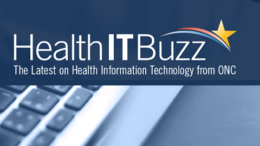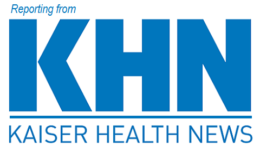Going Digital: How Massey Cancer Center Expanded Data Collection for Cancer Research
By Dr. Bernard Fuemmeler – At Virginia Commonwealth University’s Massey Cancer Center, we make it our responsibility to provide the best possible care to our patients. This commitment to patients includes a constant effort to improve our research capabilities.
Read More








